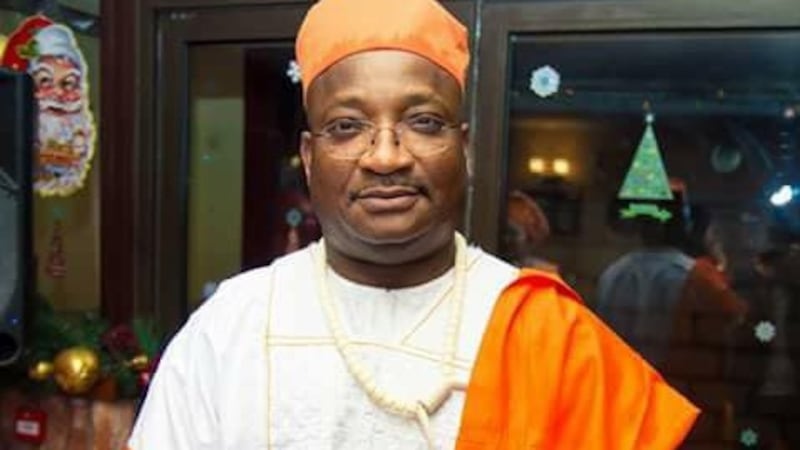A judge has told a jury that the cold case trial of Noel Long for the murder of Nora Sheehan in 1981 may be the oldest murder prosecution in Irish history and they should bear in mind that it is much more difficult for an accused to meet a historic case.
At the Central Criminal Court on Wednesday, Mr Justice Paul McDermott concluded his charge to the jury who spent 35 minutes considering their verdict before going home for the night. They will resume their deliberations on Thursday.
Mr Long (74), of Maulbawn, Passage West, Co Cork, has pleaded not guilty to murdering Ms Sheehan (54) between June 6th and June 12th, 1981 at an unknown place within the State. Her body was found by forestry workers at The Viewing Point, Shippool Woods in Cork six days after she went missing.
Mr Justice McDermott told the jury they could not allow emotion to dictate the judgment they have to make. He said that “any revulsion or prejudice that is engendered by the facts of the case” has to be left outside the door.
RM Block
If the prosecution had proven its case beyond a reasonable doubt, they must convict the accused, he said. If there was any reasonable possibility consistent with innocence, then they must acquit him.
Mr Justice McDermott said the prosecution’s contention was that the combined and cumulative effect of the circumstantial evidence led to the “irresistible conclusion” and inference that Mr Long must have murdered Ms Sheehan.
Circumstantial evidence
The judge said the circumstantial evidence relied on by the State includes the movements of Ms Sheehan on June 6th and into the early hours of the next morning, her body being discovered before 3pm on June 12th at Shippool Woods, and the connection between what was found on Ms Sheehan’s clothing and that found in the accused’s Opel car.
The trial has heard that a partial DNA profile generated from semen obtained from the victim’s body matched DNA found on a beanie hat taken from Mr Long in 2021.
The judge said there is no statute of limitations for murder in Ireland. He said the case has been referred to as the oldest murder case ever prosecuted in the State, given the 42 year delay, and the jury had to consider the effect of that.
“The principal thing to bear in mind is it is much more difficult for a person to meet a case that’s an old one than one that occurs in the recent past,” he said.
Mr Justice McDermott told the jury that in excess of 280 exhibits had been lost in the case which was “something in the normal course that should not happen”. He said slides and lifts had been retained by Forensic Science Ireland but other material, such as the deceased’s clothing, had been lost.
Mr Justice McDermott said there was no evidence that Mr Long and the victim knew each other but that intentions can be formulated in advance or within a short period prior to a killing or at the time of killing.
If they are satisfied the accused caused the victim’s death in the course of assaulting or sexually assaulting her, but without the intent to kill or cause serious injury, this reduced the case of murder to manslaughter, he said.
Three verdicts available
The jury can return three verdicts in relation to the murder charge against Mr Long - guilty of murder, not guilty of murder but guilty of manslaughter, or not guilty. The judge asked the 11 jurors to be unanimous in their verdict.
Closing the prosecution case on Tuesday, Brendan Grehan SC said the evidence all pointed to the “inescapable conclusion” that Ms Sheehan met her death at the hands of Mr Long. He said the prosecution’s case was built on two main planks; the forensic evidence obtained by scientists and DNA profiling.
In his closing address, defence counsel Michael Delaney SC said the case was wholly dependent on forensic science and there was nothing else to connect Mr Long to the deceased. He said the prosecution cannot precisely say how Ms Sheehan met her death and the prosecution had failed to prove the intent required for murder. In those circumstances, he said, the most a jury could consider is a verdict of manslaughter.















